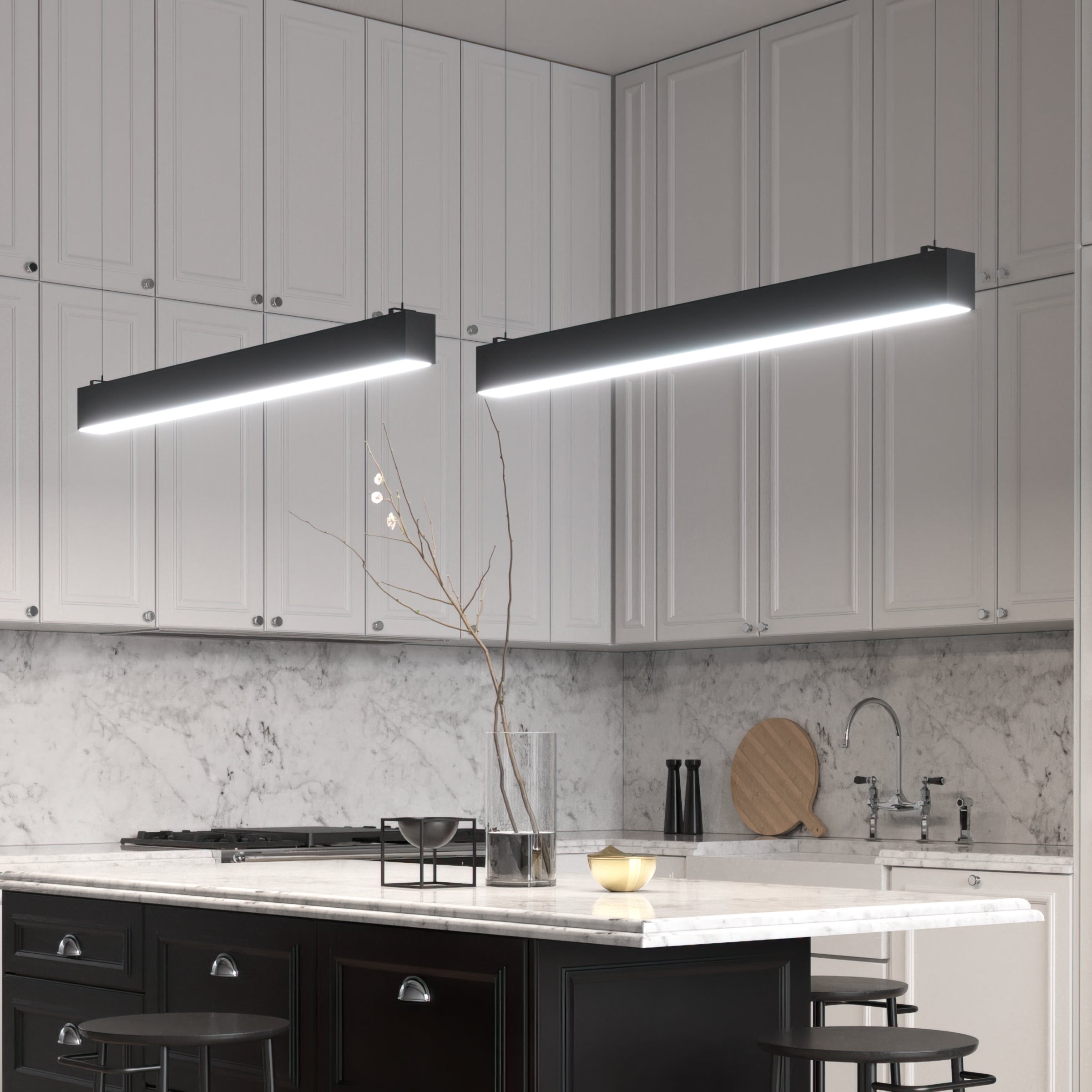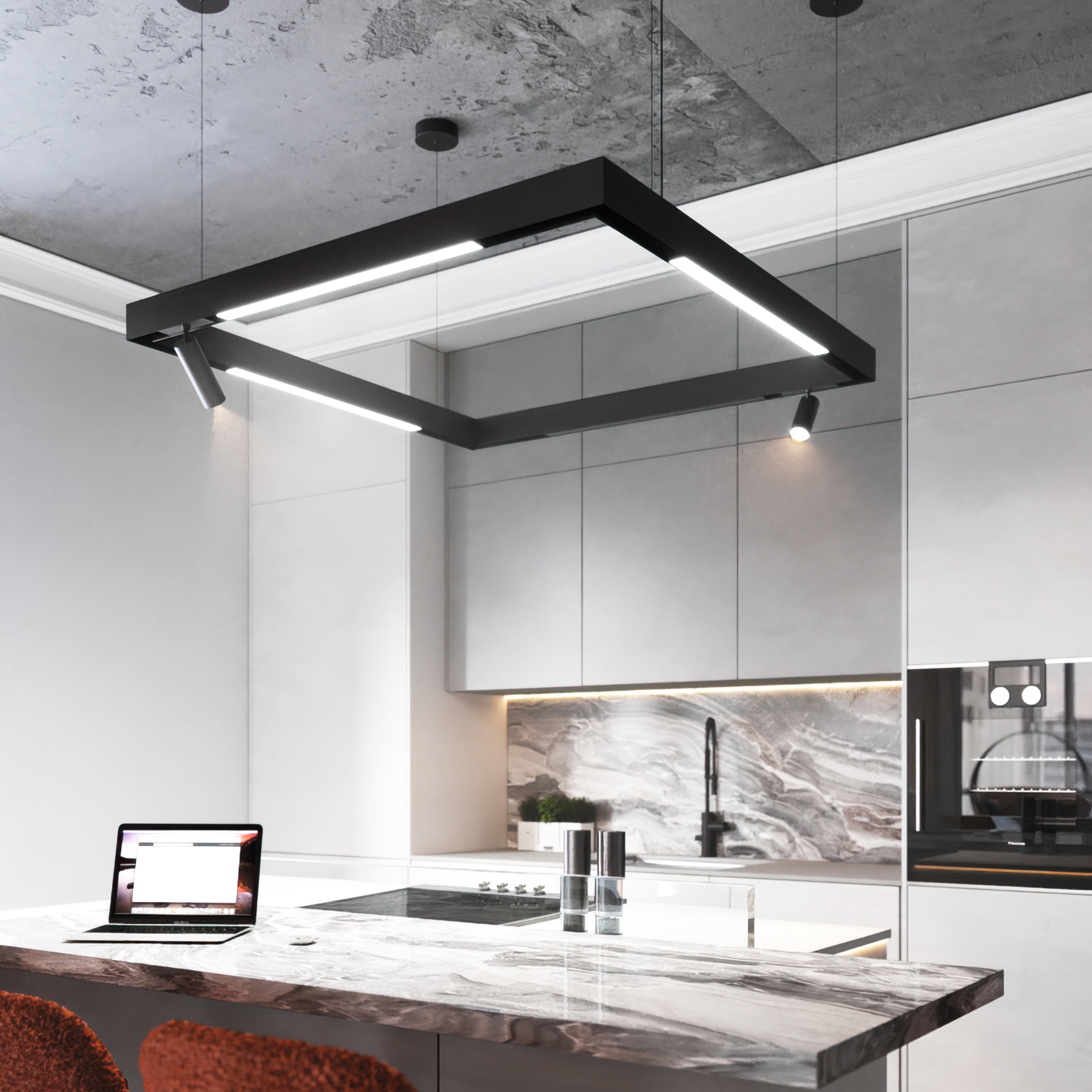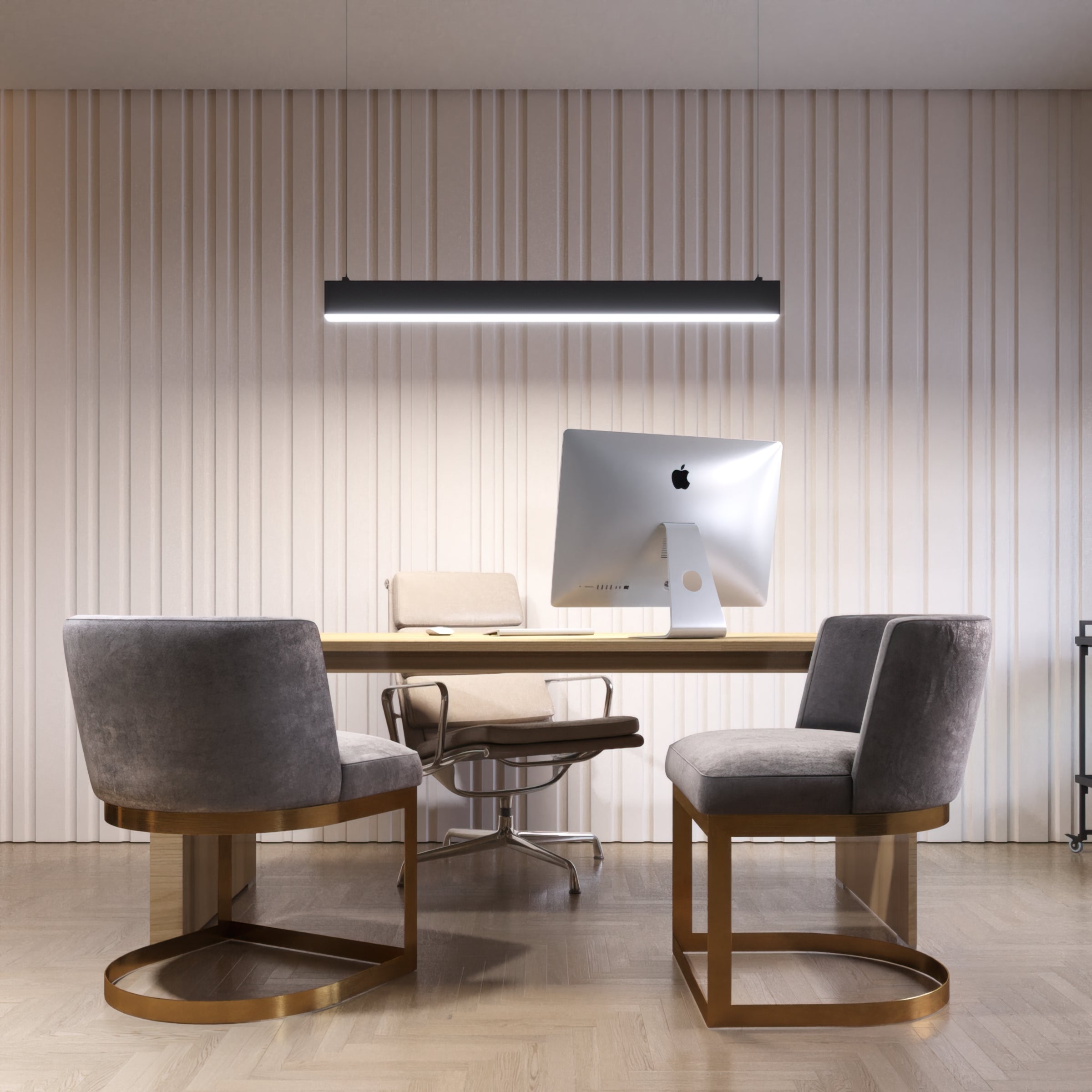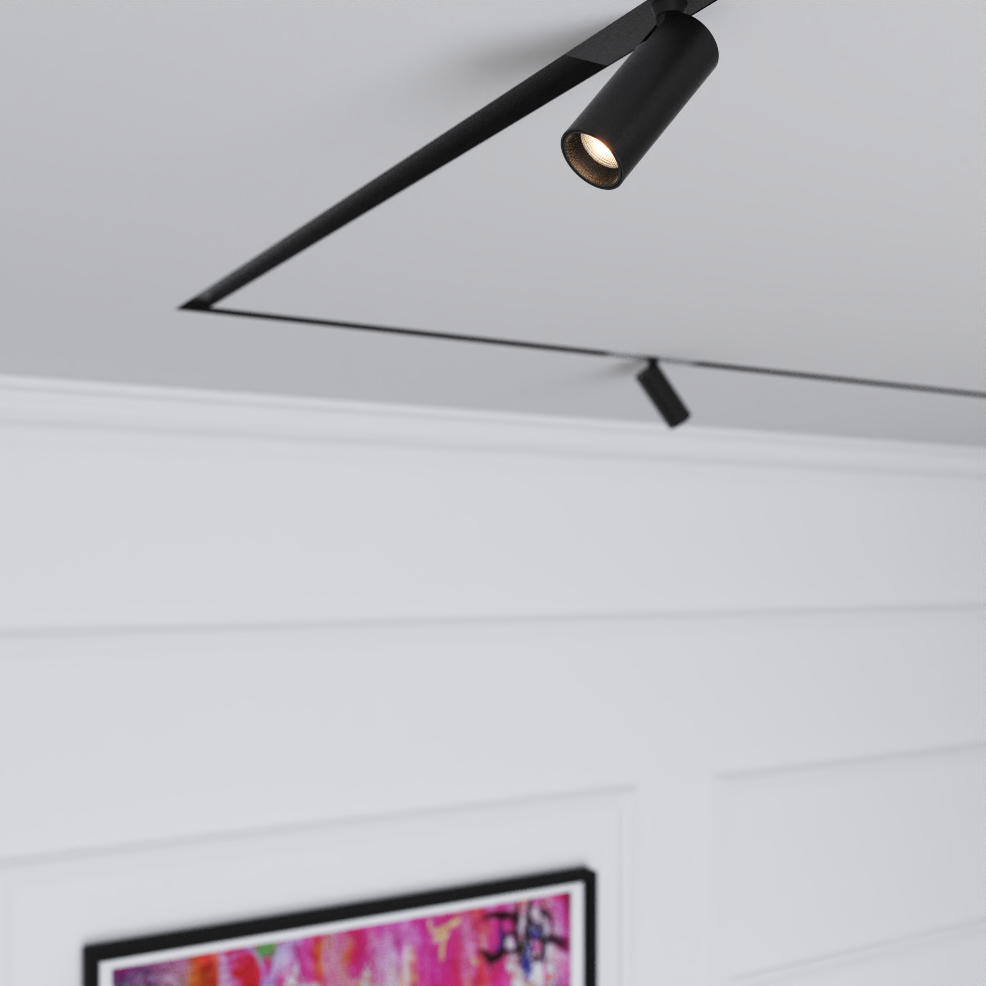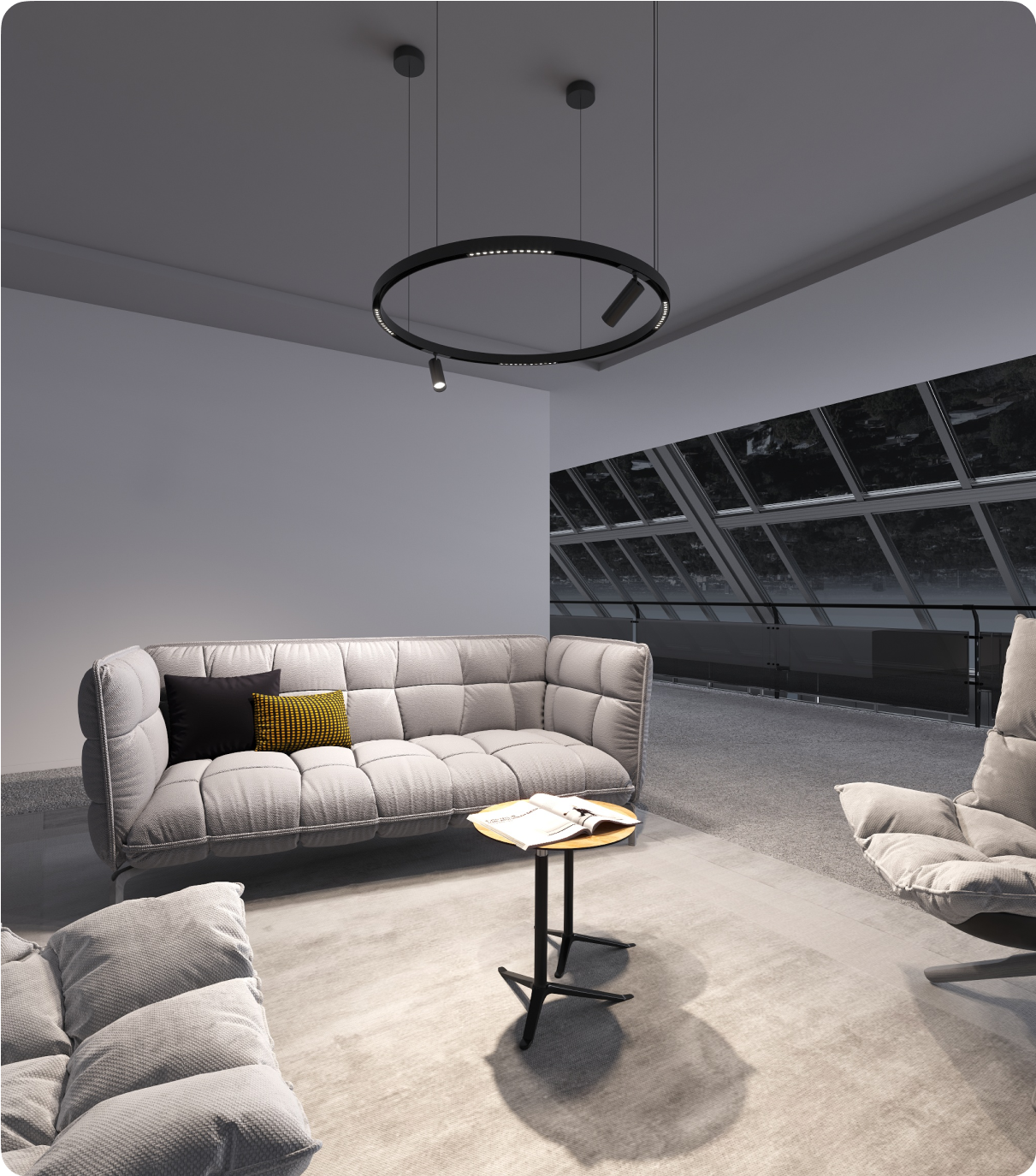Choosing the right lighting can be a daunting task, especially when it comes to displaying art. Whether it's an art gallery, museum, art studio, or living room, selecting the best lights for your artwork is crucial. It requires knowledge and understanding of foot-candle requirements, beam spread, color temperature, and the color rendering index.
Here are some art gallery lighting guidelines that you might find helpful. We will explore various lighting design ideas that are perfect for art galleries or museums. We will cover everything from minimalist and understated lighting to bold and dramatic designs. So whether you are a curator looking to showcase your collection or an art enthusiast wanting to enhance the display of your personal collection, this post will provide you with the inspiration and guidance you need to create a stunning and memorable visual experience.
Key Features to Consider When Choosing The Best Lighting for Artworks
Fixture Technology
LED lights offer a wide range of benefits when it comes to art gallery light fixtures. Their low power consumption is especially noteworthy, as they can be left on for long periods without incurring significant energy bills. Additionally, LED lights last up to 100,000 hours, which means they offer a cost-effective and long-lasting solution for museums and galleries that want to showcase their collections to the public.
LED lamps also have the distinct advantage of being able to display art in the truest light possible. This is because LED lights are able to produce a much broader spectrum of color than traditional halogen fixtures. As a result, patrons can view art very closely to how the artist intended it to be seen.
CRI
Natural lighting is undoubtedly the best light for displaying fine art. This is because sunlight has the highest Color Rendering Index (CRI) among all light sources, even artificial ones. CRI is a measurement of a light source's capacity to accurately reveal an object's various colors. It is essential in art because it is the truest representation of the actual colors in a work of art. In fact, many artists and art collectors prefer natural illumination to appreciate a piece of art's true beauty and intricacies.
So, while natural lighting is the superior choice for displaying fine art, LED fixtures are a close second and a viable alternative. Whether you're an artist or an art collector, it's essential to consider the lighting options carefully to ensure that the artwork is displayed in the best possible light.

Color Temperature
A light source's color temperature can significantly impact an exhibit's perception. Lamps with a cooler color temperature of 4000K and above are known to bring out the details and sharpness of the exhibit, making it appear more vibrant and lively. Lamps with a warmer color temperature of 3000K provide a more relaxed and peaceful illumination that can make the exhibit appear cozy and inviting. It is important to keep in mind the type of exhibit and the mood that is trying to be conveyed when selecting the appropriate color temperature for the lighting. Additionally, other factors, such as the brightness and angle of the light, can also play a role in how the viewer perceives the exhibit. Therefore, it is important to consider all of these factors carefully to ensure that the exhibit is presented in the best possible light.
Beam Angle
One factor to consider in ensuring an optimal viewing experience for visitors is to avoid any reflective glare or shadows that may obstruct their vision. This can be achieved by strategically positioning luminaires to illuminate the exhibit from multiple angles without causing any unwanted shadows. In the case of 3D objects, such as sculptures, it is particularly important to use narrow-beam luminaires positioned at angles of 30 degrees, as this helps to highlight the unique characteristics and details of the exhibit. Additionally, it's important to vary the art display light intensity across the exhibit, as this can help to create a more dynamic and immersive experience for visitors.
Dimming
The use of group or individual dimming can be a powerful tool in creating a specific mood or directing the attention of visitors to certain key areas within the gallery. Group dimming can help create a quieter, more intimate atmosphere that encourages visitors to move closer to an object and appreciate it more personally.
In addition to setting the overall tone of the space, dimming can also be used to create contrast and depth. Low levels of contrast can help to create a lively and inviting space that encourages visitors to explore and engage with the exhibits. Higher contrasts, on the other hand, can add drama and theatre to the space, directing visitors to key areas and creating a sense of excitement and anticipation.
The use of dimming in lighting design can be an incredibly effective tool for creating a dynamic and engaging gallery experience for visitors. By carefully considering each exhibit's needs and the space's overall tone, you can use dimming to create a truly immersive and unforgettable visual experience for your visitors.

Mounting Method
When it comes to low ceilings, choosing an installation method that does not take up too much space is important. In these cases, recessed or mounted types of installation are typically preferred. These methods allow you to enjoy the benefits of lighting without sacrificing too much headroom.
When you are dealing with high ceilings, a different approach is necessary. Suspended installation is the most common option for these types of spaces. This method allows you to position your ceiling art lights at the appropriate height while still ensuring that they are secure and stable.
Why Track Fixtures are the Perfect Lighting Solution for a Gallery or Museum
LED track lighting is a technology that is quickly gaining popularity among art galleries and retail chains. This is because LED track lights have many benefits that traditional halogen lighting does not offer. One of the key benefits of using LED lighting for paintings is art preservation. Halogen lighting can produce much heat - up to 80% more than LED. This extra heat can damage artwork over time. LED lighting produces significantly less heat, making it a better choice for preserving artwork. Also, it consumes only a fraction of the power that traditional gallery lighting consumes, which can lead to significant savings on electrical bills.
Another important benefit of LED track lighting for artwork is that it can enhance color rendering. Color rendering is the ability of a light source to show an object's true colors. LED track lights have a better color rendering index (CRI) than halogen lights, which means that they can display true colors more accurately. This is especially important in an art gallery, where the color accuracy of the light can make a big difference in the display and preservation of artwork.

What Fixtures Can Be Supplemented with Track Lights
Linear LED Fixtures:
Linear LED fixtures are a great option for supplementing art gallery or museum track lighting. They use light-emitting objects put together to create an illumination of light in your space, and LED lights up spaces using linear LED pendants that meet your desired style and design. With LED lighting, you always have the option. Our focus is to ensure you receive the best quality lighting to serve you longer. Different sizes are available, with a color temperature ranging from 3000K to 4000K.

Round Ceiling LED Fixtures:
Round LED panels are a great option to supplement the best track lighting for art galleries. They have a transparent appearance and upscale design and are energy-saving, long-lasting, and environmentally friendly. Round LED lights are available in multiple sizes, with designs in black and white colors to suit your gallery, making them perfect for indoor illumination and improving the ambiance of any place.

LED Strips and Profiles:
LED strip lights and profiles are a fantastic option for those who are looking for an efficient and flexible way to illuminate their art galleries or museums. They are versatile and can be used in a wide range of applications, from accent lighting to highlight specific art pieces.
One of the key benefits of using LED strip lights is that they come in a variety of colors, making it easy to find the perfect match for your specific needs. They can also be cut to any length, ensuring you get the perfect fit for your space.
Profiles offer a sleek and stylish way to mount LED strip lights. They are available in a range of materials, including aluminum and plastic, and come in a variety of different shapes and sizes. This allows you to create a customized look that perfectly complements your space.

Spotlights:
Spotlights are a classic option for lighting in an art gallery. They're great for highlighting specific pieces or areas of a room. They come in a variety of shapes and sizes, from small track lights to larger floodlights. Spotlights can be used to create dramatic lighting effects or to highlight the beauty of a piece of art.

